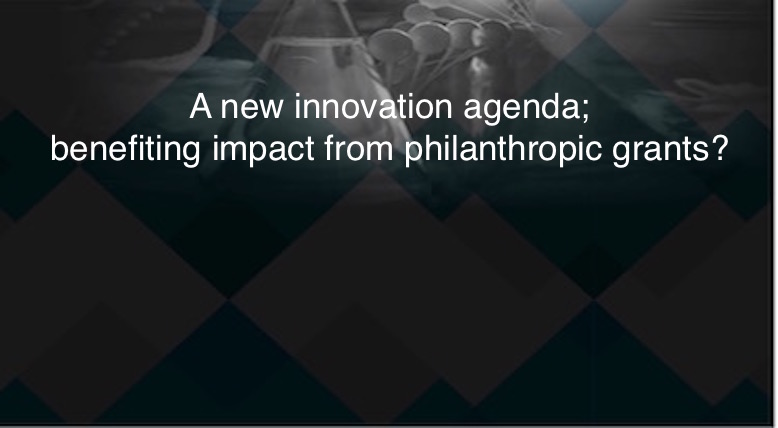We have previously written about our excellent academic research capability and that our biotechnology sector is rated 4th in the world. We have also lamented that our ability to connect our early research with impact and commercial opportunities is languishing well behind the OECD and other countries as reported in the Global Innovation Index.
In the past year we have seen a number of highly successful biotechnology companies form commercial arrangements with large international companies. Venture capital has become more available in Australia and the Commonwealth Government announced a new focus on innovation and the “ideas boom”.
|
Australian Entity |
International Entity |
Disease/Condition |
Upfront (Million) |
Milestone and royalties (Million) |
Announced |
|
Antisense |
Strongbridge |
Endocrine conditions |
$US 5 |
$US 105 |
May 2015 |
|
CTx |
Merck |
Cancer |
$US 15 |
$US 500 |
Jan 2016 |
|
Fibrotech |
Shire |
Fibrosis |
$US 75 |
$US 482.5 |
May 2014 |
|
Hatchtech |
Dr Reddy’s |
Head lice |
undisclosed |
$US 279 |
Sept 2015 |
|
Pharmaxis |
Boehringer Ingelheim |
Fatty Liver Disease |
$AU 39 |
$AU 711 |
May 2015 |
|
Spinifex |
Novartis |
Pain |
$US 200 |
$US 500 |
June 2015 |
|
Starpharma |
Astrazeneca |
Cancer |
$US 2 |
$US 124 |
Sept 2015 |
There is clear evidence that Australia can and does perform well in many areas. Imagine how many people could benefit if we weren’t rated 83/143 countries in research efficiency and instead performed around the OECD average or above.
Whilst the National Foundation for Medical Research and Innovation’s strategy is to directly assist early Australian biomedical innovations access the research skills and capabilities required for their research to advance, it benefits when the greater research and funding ecosystem is supportive.
The Australian Government’s new innovation initiatives include the new $250 million Biomedical Translation Fund (BTF) and other incentives for investors, including a 20% tax offset (capped at $200, 000) and a capital gains exemption for investments held for more than three years. Importantly the BTF will be a competitive process with experienced fund managers with matching funds.
At the recent government briefing it was noted that one potential benefit of the BTF may be to keep innovations in Australia longer providing greater returns after competing Phase II clinical trials. The fund could also potentially be used to support other preclinical studies. Only time will allow us to see where the investments are applied, but in any case the ‘pull effect’ that can be attributed to upstream funding opportunities should not be underestimated, particularly if it is considered in the wider context of the government’s innovation agenda.
The $20 billion Medical Research Futures Fund is still growing with opportunities to facilitate research efficiency yet to be detailed. Changes to the metrics, measures and rewards for publicly funded research organisations (e.g. universities) has also be touted and this could significantly assist researchers and institutions who focus on innovation.
Taking a discovery on the long perilous journey where it becomes a new innovation such as a medicine, diagnostic, device or vaccine that can be accessed by those in need requires many skills (scientific and non-scientific), access to capital, appetite for risk and champion(s) of the cause. Advancing discoveries also requires culture, policy and systems that support innovation.
The first champion of the cause is the researcher. They can choose to follow a number of different pathways, some of which can impact upon their careers, future funding and opportunities for promotion, both positively and negatively. If a researcher is not enabled or decides not to take this path, opportunities can be lost and communities lose. Hopefully policy changes will quickly be forthcoming where impact is at least as valuable as publishing.
Yes innovation takes time, and risk needs to be managed, but together government, industry, academia and philanthropy can create greater impact.
The time for optimism is here!
[poll id=22]

